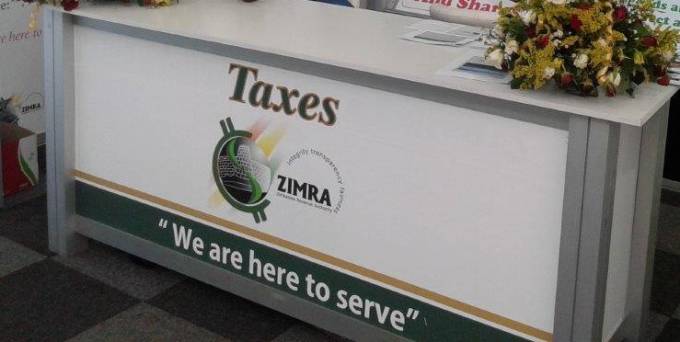
eBusiness Weekly

Tawanda Musarurwa
Zimbabwe needs to use the improved revenue collection to increase its levels of critical infrastructure, according to analysts at Morgan & Co.
This comes as the Zimbabwe Revenue Authority (ZIMRA) recently said that it had almost doubled gross revenue collections for the first quarter of 2019 after accumulating RTGS$2,1 billion (approximately US$677 million) from $1,1 billion in the prior comparable period.
Zimbabwe’s infrastructure spending over the past years has been compromised by a high level of consumptive spending, with civil service wages accounting for the largest portion of the national budget.
But limited fiscal space has in the past undermined public investments and delivery of public infrastructure, with figures from Treasury showing that only US$2 billion in fiscal resources have been invested over the past eight years.
All things being equal, experts opine that a country’s economic growth and development should be underpinned by adequate economic and social infrastructure.
“One of the main concerns on the fiscus side has been the perennial deficits as well as the fact that expenditure is skewed towards recurrent items (employments costs) as opposed to capital expenditure projects.
“The expectation therefore is that an improvement in revenue collection will create more room for Government to invest in critical infrastructure projects such as transport, water and electricity generation,” said the analysts in a
note.
“We recall that the national budget deficit worsened from 8,40 percent of gross domestic product (GDP) in 2017 to 13,80 percent of GDP in 2018.
‘‘ We analysed the historical relationship between capital expenditure and gross domestic product for Zimbabwe.
“We highlight that Zimbabwe’s Gross Fixed Capital Formation (GFCF) is below most countries in the world as well as in Sub Sahara Africa. For example, Rwanda and South Africa have a GFCF above 20 percent. Zimbabwe will have to play catch up by increasing infrastructure spending.”
GFCF is a macroeconomic concept used in official national accounts to statistically measure the value of acquisitions of new or existing fixed assets by the Government and the private
sector.
GFCF is a component of the expenditure on GDP, and therefore also shows something about how much of the new value added in the economy is invested rather than consumed.
Government is looking to increase the share of the development budget from the current 13 percent to above 20 percent of total expenditure during the next five years.
And the signs, at least from a revenue collection perspective, are positive.
According to ZIMRA chairman Callisto Jokonya, positive performances from the ‘‘2 percent tax’’, corporate and income tax aided collections drove the improved revenue collection for the first quarter.
“Compared to the same period in 2018, gross collections grew by 85,13 percent from $1,112 billion collected in the first quarter of 2018, which is above annual inflation levels.
“Positive performance is attributed to the significant contributions from the Intermediate Money Transfer Tax (commonly referred to as the 2 percent tax introduced last October), corporate income tax and excise duty.”
Net collections, at $1,944 billion were 84 percent above prior comparable period.
According to Treasury’s Infrastructure Investment Plan (2019), a total of US$2,6 billion will be invested in infrastructure this year, of which US$1,1 billion will be mobilised through the Budget, and US$1,5 billion as off-Budget financing.



